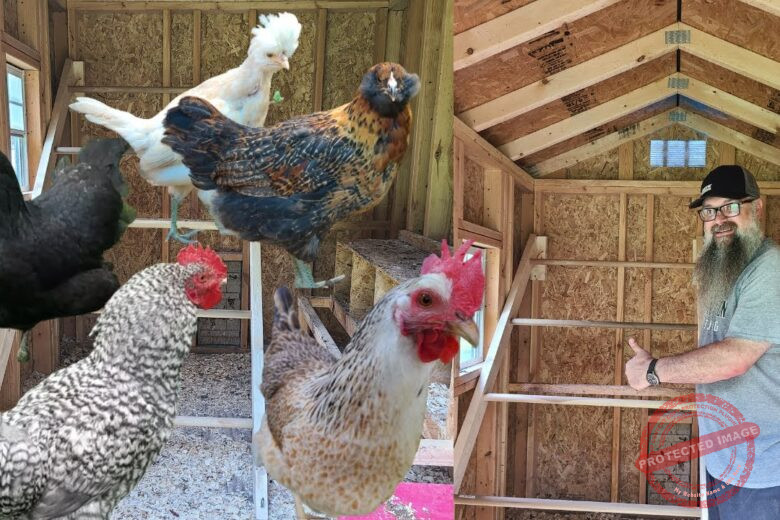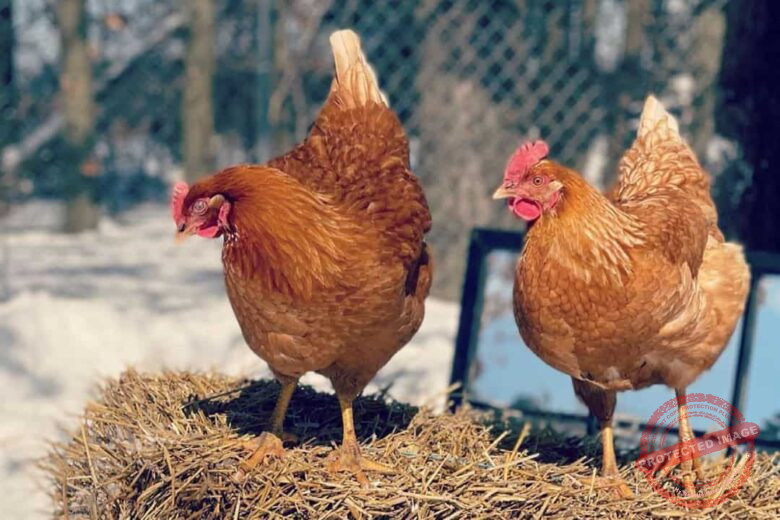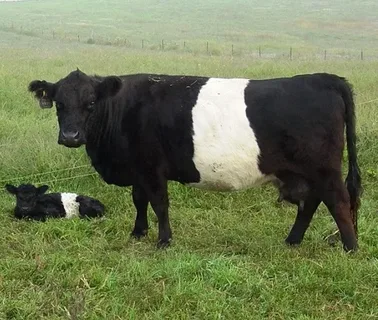When you first think about starting a poultry farm, it can feel like staring at a wide-open field with endless possibilities. The air smells of opportunity, but there’s also that little knot in your stomach that wonders, “Can I really pull this off?” I’ve been there before, and I can tell you—it’s not just about raising chickens. It’s about building a system that works for you, your land, and your future. And trust me, every decision you make early on matters more than you think.
Poultry farming in the USA has its own unique challenges and rewards. The market is strong because Americans love their chicken and eggs. Whether it’s a Sunday roast, a backyard barbecue, or a quick omelet before work, poultry products are a staple in almost every home. That makes this business not just profitable, but sustainable if you know how to run it right. But here’s the catch—you can’t jump in without a plan. If you don’t know where to start, you’ll burn money faster than feed disappears in a chicken run.
Now, I know the idea of becoming a poultry farmer can be both exciting and scary. Maybe you’ve raised a few birds in your backyard and now you’re thinking bigger. Or maybe you’ve only admired it from afar and want to take the leap. The truth is, starting a poultry farm in the USA doesn’t have to be complicated, but it does take preparation, patience, and persistence. In this post, I’ll walk you through the essential steps, share practical tips, and sprinkle in some real-life wisdom from the barnyard so you know exactly what you’re getting into.
Choosing Your Poultry Farm Type
The first big decision is simple but critical: What kind of poultry farm do you want to run?
Some people go for broilers (meat chickens) because they grow fast and the market demand never seems to die down. Others prefer layers (egg-laying hens), which give you a steady stream of income once they start producing. And then there are specialty options—turkeys, ducks, or even quail. Each type comes with its own setup, costs, and level of commitment.
If you’re new, start small. Maybe run a batch of broilers or a few dozen layers. That way, you’ll learn the ropes without sinking all your money into the deep end.
Understanding Regulations and Permits
One thing I love about farming in the USA is the abundance of resources, but one thing that can drive you crazy is the paperwork. Depending on your state, you might need permits for water usage, waste management, building construction, or direct-to-consumer egg sales.
It’s not the fun part of farming, but it’s necessary. Before you build a single coop or buy your first chick, call your local agricultural extension office. They’ll walk you through what’s required in your county. Skipping this step can land you in legal trouble, and nothing kills a dream faster than fines and shutdowns.
Designing Your Poultry Housing
Let’s talk coops. Chickens may not be picky, but they do need a safe, clean, and well-ventilated space. Housing is where many new farmers make their first mistake—they either go too cheap or too fancy.
Your birds need protection from predators, shelter from the weather, and enough room to move freely. Overcrowding leads to stress, disease, and poor production. The general rule? Allow at least 2–3 square feet per bird inside the coop and 8–10 square feet outside if they’re free-ranging.
Think about the placement too. Don’t put your coop in a flood-prone area, and make sure it’s easy for you to access daily. Because believe me, walking through mud every morning to check on chickens gets old real quick.
Feeding and Nutrition
Feed is going to be one of your biggest ongoing costs, so you need to get it right. Broilers need a high-protein diet to bulk up quickly, while layers need calcium-rich feed to keep their shells strong.
Some farmers cut corners by mixing their own feed, but unless you know what you’re doing, that can lead to malnourished birds. If you’re new, start with commercial feed from a reputable supplier. As you gain experience, you can explore supplements or partial feed mixing. And don’t forget fresh water—clean and plentiful. Chickens can survive a missed feeding, but they’ll suffer fast without water.
Health Management and Disease Prevention
One of the toughest parts of poultry farming is dealing with disease. From coccidiosis to avian flu, the risks are real. I once lost nearly half my flock in a season because I underestimated how fast illness can spread. It was a painful lesson.
Prevention is your best weapon. Keep the coop clean, rotate bedding, and don’t overcrowd. Vaccinate where necessary, and keep an eye out for unusual behavior—like lethargy or reduced appetite. If you’re unsure, don’t wait. Call a vet who specializes in poultry. Early action can save you a lot of heartache.
Managing Waste
Here’s something most beginners don’t think about: chicken poop. Lots of it. A flock of 200 birds can generate hundreds of pounds of manure every week. If you don’t manage it properly, it becomes a smelly, fly-attracting nightmare.
But here’s the good news—chicken manure is also gold for gardens. Rich in nitrogen, it makes excellent compost once it’s aged properly. Many farmers even sell it to local gardeners. So instead of treating it as waste, see it as a byproduct that can add to your income stream.
Choosing the Right Breed
Not all chickens are created equal. Some breeds are better for meat, others for eggs, and some for dual purposes.
For broilers, the Cornish Cross is the industry favorite. For layers, breeds like Leghorns and Rhode Island Reds are popular for their consistent egg production. Dual-purpose breeds like Plymouth Rock or Orpingtons are great for small farms wanting both meat and eggs.
Think about your climate too. Some breeds handle cold better, while others thrive in heat. Match your choice to your location and goals.
Marketing Your Poultry Products
You can raise the healthiest chickens in the world, but if you can’t sell the meat or eggs, you won’t make a dime. This is where many farmers struggle.
Start by identifying your market. Are you selling to local restaurants? Farmers’ markets? Direct to neighbors and community members? Each market requires different packaging, certifications, and sales strategies. If you want to stand out, highlight what makes your products unique—organic feed, free-range practices, or local freshness.
Budgeting and Financial Planning
Starting a poultry farm is not just about chickens—it’s about numbers. How much will housing cost? What about feed for six months? Do you have emergency funds for vet bills or sudden feed price hikes?
Create a detailed budget before you invest. Don’t just look at costs; estimate income too. On paper, broilers may look profitable in six weeks, but what if half the flock dies or feed prices double? Planning ahead gives you a cushion when things don’t go as expected.
Daily Management and Time Commitment
Here’s a truth you need to hear: poultry farming is a daily job. You can’t just toss feed once in a while and expect healthy birds. You’ll be checking on them morning and night, monitoring water, gathering eggs, cleaning, and keeping records.
It may sound like a lot, but once you find your rhythm, it becomes second nature. The key is consistency. Birds thrive on routine, and so will your business.
Estimated Costs and Profits for Broilers and Layers
Here is an estimated cost to begin Broilers and Layers farming;
| Item | Broilers (100 birds) | Layers (100 birds) |
|---|---|---|
| Chick purchase | $150 (avg. $1.50 each) | $300 (avg. $3 each pullet) |
| Housing setup | $500–$1,000 | $700–$1,200 |
| Feed (per cycle) | $800–$1,000 (6–8 weeks) | $1,000–$1,200 (first 6 months before laying) |
| Health & Vaccination | $100 | $150 |
| Utilities (water/electricity) | $50–$80 | $70–$100 |
| Miscellaneous (bedding, equipment, etc.) | $100 | $150 |
| Total Initial Cost | $1,700–$2,300 | $2,400–$3,100 |
| Expected Production | 450–500 lbs of meat (avg. 4.5–5 lbs per bird) | 75–85 eggs per week (after 5–6 months) |
| Potential Income | $2,250–$2,800 (at $4.50–$5.50/lb dressed weight) | $1,200–$1,400 per month (selling at $3–$3.50 per dozen) |
| Profit (per cycle/6 months) | $500–$700 | $1,000–$2,000 (once hens start laying consistently) |
👉 Takeaway:
-
Broilers give faster returns (6–8 weeks), but the profit margin is smaller.
-
Layers take longer to pay off (5–6 months), but once they start laying, you get a steady, long-term income stream.
Scenario: My First Winter with Layers
Let me share a quick story. My first winter raising layers in the Midwest was rough. The temperatures dropped below zero, and I hadn’t insulated the coop properly. Waterers froze, production dropped, and I spent more nights than I’d like to admit hauling buckets of warm water out to the birds.
What did I learn? Preparation is everything. Now I use heated waterers, insulated coops, and better bedding. The lesson stuck: if you think you’re ready, prepare one step further.
FAQs on Starting a Poultry Farm in the USA
1. How much does it cost to start a poultry farm in the USA?
It depends on your scale. A small backyard setup might cost $500–$2,000, while a medium commercial farm can run $25,000 or more.
2. Do I need a license to sell eggs or meat?
Yes, most states require permits, inspections, or licenses. Check with your state agriculture department for details.
3. What’s the most profitable poultry type?
Broilers grow fast and provide quick turnover, while layers give steady, long-term income. Many farmers run both for balance.
4. How many chickens should a beginner start with?
Start small—maybe 50–100 birds. That’s enough to learn without being overwhelmed.
5. Can poultry farming be done part-time?
Yes, but remember, birds need daily care. Automating feeders and waterers can help if you’re balancing another job.
How-To: Become a Poultry Farmer Step by Step
-
Research and plan – Decide on broilers, layers, or both.
-
Secure land and housing – Build a proper coop with enough space.
-
Sort legal requirements – Get permits, licenses, and insurance.
-
Purchase healthy chicks – Always buy from trusted hatcheries.
-
Set up feeding and water systems – Reliable and clean.
-
Develop a health plan – Vaccinations and vet access.
-
Market your products – Build a customer base early.
-
Track expenses and income – Keep records for growth.
Final Thoughts
Starting a poultry farm in the USA is not a walk in the park, but it’s not impossible either. It takes planning, grit, and a willingness to learn from mistakes. Every coop you build, every egg you gather, every bird you raise teaches you something new.
If you’ve been wondering how to become a poultry farmer, the path is right here in front of you. Take it one step at a time, keep your vision clear, and don’t be afraid to start small. Because here’s the truth—every successful farmer you admire started with just a handful of birds and a dream.
So, are you ready to roll up your sleeves and take the first step toward building your own poultry farm?



